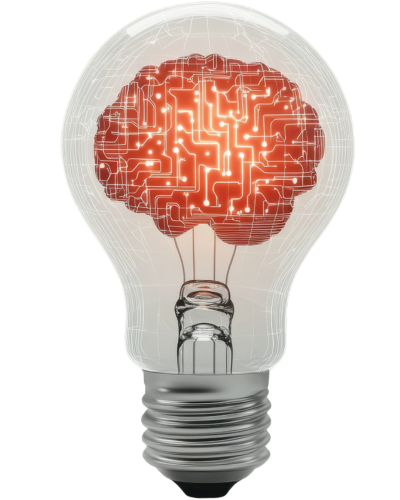




The Artificial Intelligence Act (Regulation (EU) 2024/1689), adopted on 13 June 2024 and published in the Official Journal of the European Union on 12 July 2024, is the world’s first horizontal legislation governing artificial intelligence based on a risk-based approach.
Its first provisions, notably those concerning prohibited AI practices, entered into application in August 2025, while the remaining obligations, particularly for high-risk AI systems, will be phased in until August 2026.
Given the Regulation’s complexity, more than 170 articles and annexes, several digital tools have been developed to help businesses and legal practitioners understand, interpret, and prepare for compliance.
In early 2024, the Future of Life Institute (FLI) released two educational and non-official tools designed to make the AI Act more accessible: the AI Act Explorer and the Compliance Checker.
The AI Act Explorer is an interactive platform offering structured navigation through the Regulation.
It allows users to access definitions, annexes, and cross-references, and to consult concise thematic summaries explaining the key obligations in clear language.
The Compliance Checker complements it with a self-assessment questionnaire that helps determine:
While these tools have no binding legal authority, they have quickly become valuable resources for in-house counsel and compliance officers seeking to anticipate the Regulation’s requirements before consulting legal experts.
In parallel, the European Commission, through its newly established AI Office, launched two official instruments on 8 October 2025 to guide the implementation of the Regulation:
These institutional tools aim to ensure a harmonised and transparent implementation of the AI Act across the European Union, while providing reliable reference materials to operators and regulators alike.
The initiatives of the FLI and the European Commission reflect a shared objective: to make the AI Act understandable, actionable, and anticipatory.
The AI Act Explorer and Compliance Checker offer an intuitive and educational entry point for grasping the Regulation’s logic, while the Commission’s Service Desk and Information Platform provide an authoritative framework for formal compliance.
Together, they embody a comprehensive ecosystem of resources that will enable public and private stakeholders to adopt a “compliance-by-design” approach and to prepare effectively for the Regulation’s full application by summer 2026.



